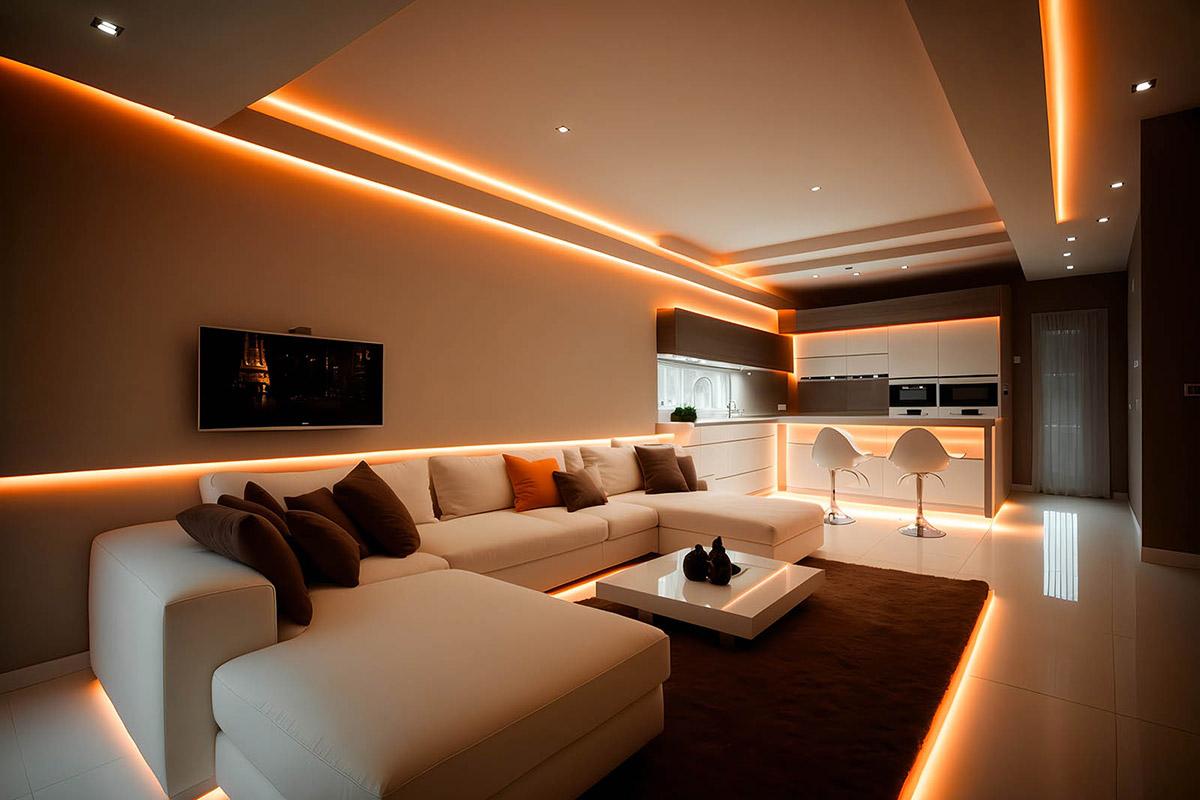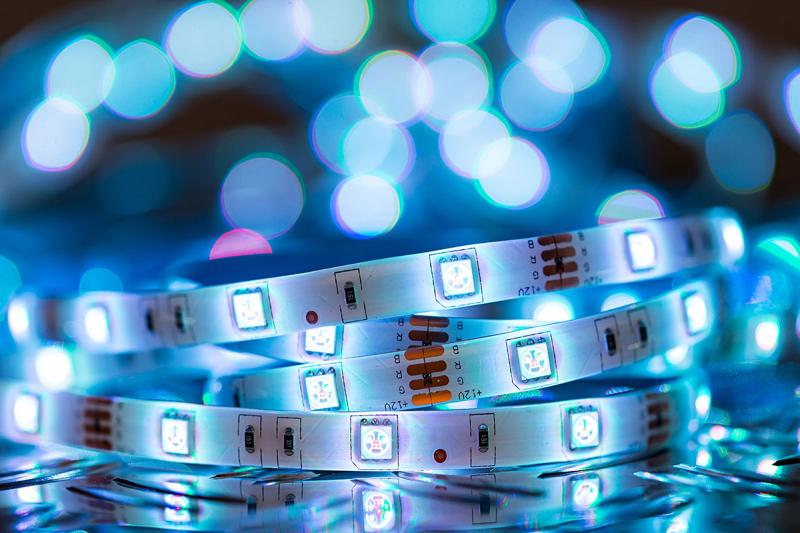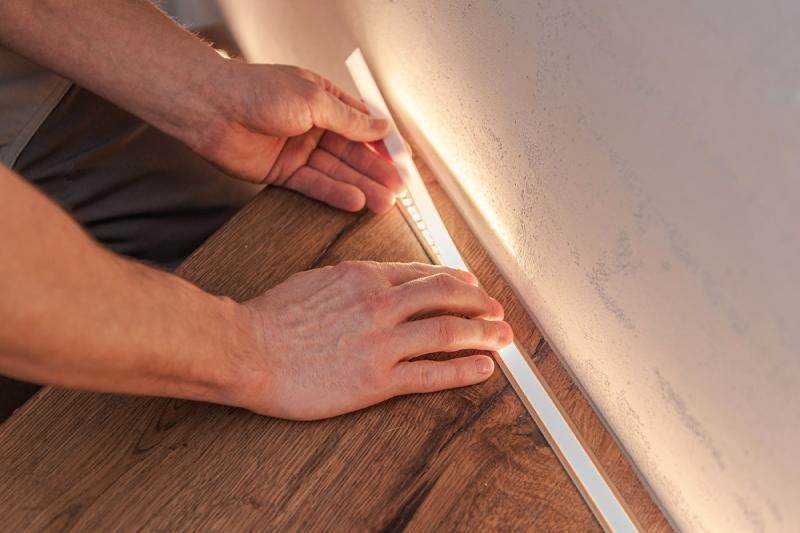A Comprehensive Guide: Measuring a Room for LED Strip Lights to Illuminate the Whole Diameter
LED strip lights have gained immense popularity as a versatile and cost-effective lighting solution that can transform the ambiance of any room. When it comes to creating a captivating effect, wrapping LED strip lights around the entire diameter of a room can provide a unique and immersive lighting experience. However, to achieve seamless and balanced illumination, precise measurement and planning are crucial. In this article, we will guide you through the process of measuring a room for the lights, ensuring a harmonious lighting installation that encompasses the entire diameter.
Step 1: Assessing the Room:
Begin by assessing the room where you intend to install the strip lights. Take note of the room's dimensions, including the length, width, and height. Consider the style and layout of the room, as well as any architectural features, furniture, or obstacles that may impact the installation process.
Step 2: Determining the LED Strip Length:
To calculate the required length of LED strip lights, you need to measure the entire circumference of the room. Here's how to do it:
1. Measure the perimeter: Start by measuring the length of each wall that will accommodate the strip lights. Add up the lengths of all the walls to determine the total perimeter.
2. Account for corners and obstacles: If your room has corners or obstacles such as doors, windows, or cabinets, measure the lengths of these sections separately. This will help you determine the necessary additional length to account for these features.
3. Add extra length: It's recommended to add a margin of error and to account for any potential installation variations. Depending on the complexity of the installation and the presence of corners or obstacles, adding an additional 10-20% to the total strip length is generally a good practice.
Step 3: Selecting the LED Strip Lights:
Based on the measurements obtained in step 2, choose an LED strip light kit that fits your requirements. Ensure that the selected strip has the necessary length to cover the entire diameter of the room, along with any additional length needed for corners and obstacles.
Consider other specifications such as color temperature, brightness, and color options to meet your desired lighting ambiance. Also, check if the chosen LED strip lights can be extended or cut to fit precisely, especially if your measurements require customization.
Step 4: Installation and Placement:
Once you have the LED strip lights and are ready to install them, carefully plan their placement to achieve an even and consistent lighting effect. Here are some tips:
1. Clean the surface: Before attaching the LED strip lights, clean the mounting surface thoroughly to ensure proper adhesion. This will prevent any potential damage caused by loose or poorly adhered strips.
2. Follow the manufacturer's instructions: Read the installation instructions provided with your LED strip lights. They often include specific guidance on the best way to attach the strips, whether using adhesive backing or other mounting options.
3. Test before permanent installation: Before mounting the LED strip lights permanently, test their placement by temporarily attaching them with adhesive tape or other temporary fixtures. This will allow you to evaluate the lighting effect and make any necessary adjustments before committing to the final installation.
4. Conceal wiring and connectors: Plan how to hide wiring and connectors to achieve a clean and professional look. Utilize cable management options such as cable channels, raceways, or concealing them behind furniture, baseboards, or crown moldings.
Measuring a room for LED strip lights that wrap around the whole diameter requires careful planning and accurate measurements. By assessing the room, determining the required strip length, selecting suitable LED strip lights, and strategically placing them, you can achieve an impressive lighting effect that enhances the atmosphere of your space. So, get ready to immerse yourself in light.
LED Strip Light Accessories:
You may need some accessories to properly get around corners and to connect multiple light stips. Checkout out our LED Strip Light Accessories page for a selection of these to help you complete this job proffesionaly.



